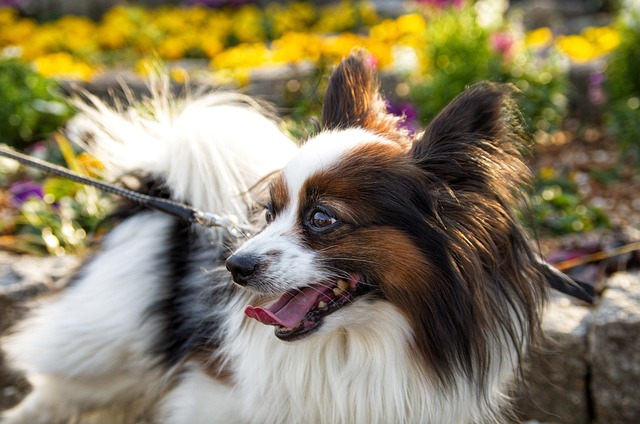
What is glaucoma in a dog?
You might notice your dog squinting more at mealtime or avoiding bright sunlight—these small changes could be early signs of a serious eye condition.
Does dog plaque powder really work? Let’s say you’re a new dog owner, staring at your 1-year-old corgi, Max, who turns into a wriggly mess every time you try to brush his teeth. His canines have started to look fuzzy, and his breath smells like last week’s leftovers. Then you spot a bottle of “plaque powder” at the pet store, promising to dissolve gunk with just a sprinkle on his food. It sounds too good to be true—but does it actually work?
Plaque powder works by using enzymes or mild abrasives that mix with your dog’s saliva, aiming to break down the sticky bacteria film (plaque) before it hardens into tartar. Think of it like a gentle cleaner that goes to work while your dog eats. Veterinarians note that some formulas can reduce mild plaque, especially when used consistently. But here’s the catch: They’re not magic. Plaque sticks tight to teeth, and nothing beats mechanical action—like chewing on a crunchy carrot or a quick brush—to scrape it off. Powder works best as a helper, not a replacement for hands-on care. For example, if Max has light plaque on his front teeth, the powder might loosen it, but the back molars (where plaque hides most) will still need a little scrub love.
So, how to test if it works for your pup? Start small. Pick a powder with third-party testing (look for seals like NASC) to avoid duds. Sprinkle half the recommended dose on Max’s kibble for two weeks. After meals, lift his lip and check—are the fuzzy spots getting lighter? Is his breath less stinky? If yes, keep it up, but pair it with daily “chew sessions”: a raw broccoli stem or a rubber chew toy to add that needed friction. If not, don’t stress—every dog is different. Praise Max when he eats his food with the powder, using a happy “Good job, buddy!” Positive reinforcement keeps mealtimes stress-free, which matters more than forcing a product that doesn’t click.

Now, let’s tie this to being a responsible owner. In the U.S., rabies vaccines are non-negotiable—Max needs his first shot by 16 weeks, with boosters to stay protected, even as you focus on his teeth. When you take him out after meals, always grab poop bags; even a “plaque-free” dog leaves waste, and fines for skipping this hit $200 in cities like Seattle. Culturally, never scold Max if he sniffs his food and walks away from the powder—yelling will make him avoid meals, not the powder. Instead, try mixing a tiny bit with wet food to mask the taste. In apartments, store the powder in a sealed container to keep it fresh and out of reach of curious paws (and kids). When at the dog park, skip bragging about your “magic powder”—some owners prefer old-school brushing, and respecting their choices is part of good community vibes.
Plaque powder can work, but it’s a team player, not a solo star. Pair it with chews, occasional brushing, and lots of patience, and you’ll keep Max’s smile bright—no wriggling required.

You might notice your dog squinting more at mealtime or avoiding bright sunlight—these small changes could be early signs of a serious eye condition.

Let’s set the scene: It’s a sweltering Phoenix afternoon—105°F outside—and you rushed your 2-year-old Lab mix, Cooper, on a quick walk to “get it over with.”

Let’s get real: You’re in your Miami apartment, watching your 3-year-old Corgi, Loki, struggle to climb the stairs to your second-floor unit.

Many dog owners brush off occasional scratching as just “dog behavior,” but persistent itching often signals something more—like a food allergy.

You might first notice your dog scratching more than usual—chewing at their paws until the fur looks thin, or rubbing their face against the couch nonstop.

Let’s be real: You’re standing in your Chicago apartment, watching your 3-year-old Beagle, Max, huff and puff just to climb onto the couch.